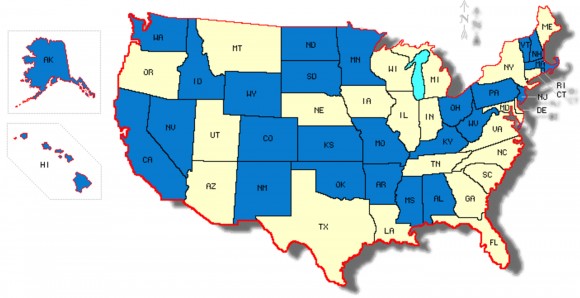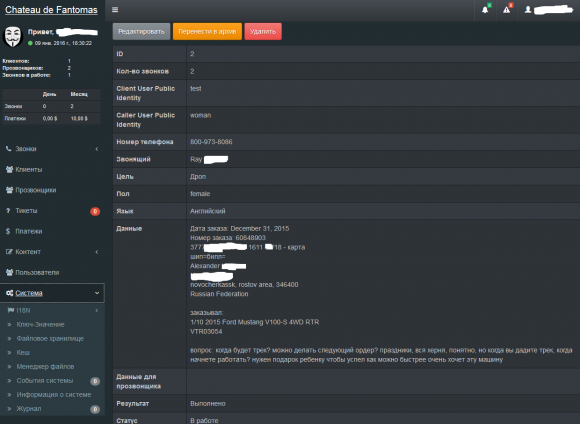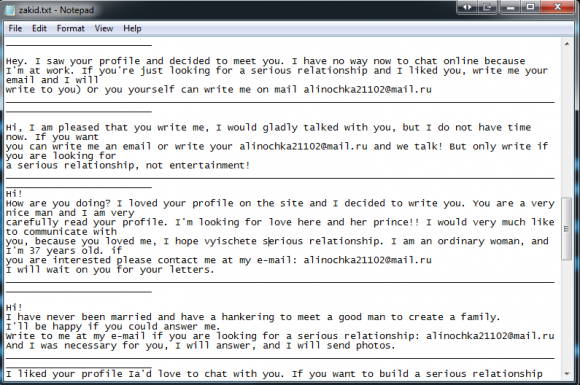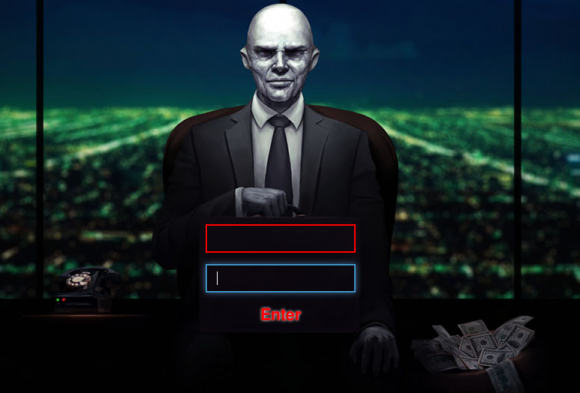A story in a national news source earlier this month about freezing your child’s credit file to preempt ID thieves prompted many readers to erroneously conclude that all states allow this as of 2016. The truth is that some states let parents create a file for their child and then freeze it, while many states have no laws on the matter. Here’s a short primer on the current situation, with the availability of credit freezes (a.k.a “security freeze”) for minors by state and by credit bureau.

The lighter-colored states have laws permitting parents and/or guardians to place a freeze or flag on a dependent’s credit file.
A child’s Social Security number can be used by identity thieves to apply for government benefits, open bank and credit card accounts, apply for a loan or utility service, or rent a place to live. Why would ID thieves wish to assume a child’s identity? Because that child is (likely) a clean slate, which translates to plenty of available credit down the road. In addition, minors generally aren’t in the habit of checking their credit reports or even the existence of one, and most parents don’t find out about the crime until the child approaches the age of 18 (or well after).
A 2012 report on child identity theft from the Carnegie Mellon University CyLab delves into the problem of identity thieves targeting children for unused Social Security numbers. The study looked at identity theft protection scans done on some 40,000 children, and found that roughly 10 percent of them were victims of ID theft.
The Protect Children from Identity Theft Act, introduced in the House of Representatives in March 2015, would give parents and guardians the ability to create a protected, frozen credit file for their children. However, GovTrack currently gives the bill a two percent chance of passage in this Congress.
So for now, there is no federal law for minors regarding credit freezes. This has left it up to the states to establish their own policies.
Credit bureau Equifax offers a free service that will allow parents to create a credit report for a minor and freeze it regardless of the state requirement. The minor also does not have to be a victim of identity theft. Equifax has more information on this offering here.
Experian told me that company policy is not to create a file for a minor upon request unless mandated by state law. “However, if a file exists for the minor we will provide a copy free to the parent or legal guardian and will freeze it,” said Experian spokesperson Susan Henson.
Henson added that depending on state law, there may be a fee ranging from $3 to $10 associated with the minor’s freeze. However, if the minor is a victim of identity theft and the applicant submits a copy of a valid police or incident report or complaint with a law enforcement agency or the Department of Motor Vehicles (DMV), the fee will be waived.
Trans Union has a form on its site that lets parents and guardians check for the presence of a credit file on their dependents. But it also only allows freezes in states that reserve that right for minors and their parents or guardians, and applicable fees may apply.
Innovis, often referred to as the fourth major consumer credit bureau, allows parents or guardians to place a freeze on their dependent’s file regardless of state laws. Continue reading




 At issue is a cyber insurance policy issued to Houston-based Ameriforge Group Inc. (doing business as “AFGlobal Corp.“) by Federal Insurance Co., a division of insurance giant Chubb Group. AFGlobal maintains that the policy it held provided coverage for both computer fraud and funds transfer fraud, but that the insurer nevertheless denied a claim filed in May 2014 after scammers impersonating AFGlobal’s CEO convinced the company’s accountant to wire $480,000 to a bank in China.
At issue is a cyber insurance policy issued to Houston-based Ameriforge Group Inc. (doing business as “AFGlobal Corp.“) by Federal Insurance Co., a division of insurance giant Chubb Group. AFGlobal maintains that the policy it held provided coverage for both computer fraud and funds transfer fraud, but that the insurer nevertheless denied a claim filed in May 2014 after scammers impersonating AFGlobal’s CEO convinced the company’s accountant to wire $480,000 to a bank in China. In
In  Toni Casala found this out the hard way. Casala’s firm — Children in Film — works as an advocate for young actors and their families. The company’s entire operations run off of application hosting services at a managed cloud solutions firm in California, from QuickBooks to Microsoft Office and Outlook. Employees use Citrix to connect to the cloud, and the hosting firm’s application maps the cloud drive as a local disk on the user’s hard drive.
Toni Casala found this out the hard way. Casala’s firm — Children in Film — works as an advocate for young actors and their families. The company’s entire operations run off of application hosting services at a managed cloud solutions firm in California, from QuickBooks to Microsoft Office and Outlook. Employees use Citrix to connect to the cloud, and the hosting firm’s application maps the cloud drive as a local disk on the user’s hard drive. Six of the nine patches Microsoft is pushing out today address flaws the software giant considers “critical,” meaning the vulnerabilities could be exploited by malware or miscreants to break into vulnerable computers remotely without any help from users. The critical updates tackle problems with
Six of the nine patches Microsoft is pushing out today address flaws the software giant considers “critical,” meaning the vulnerabilities could be exploited by malware or miscreants to break into vulnerable computers remotely without any help from users. The critical updates tackle problems with 






 Absolutely none of this would be possible without you, Dear Reader. You have supported, encouraged and inspired me in too many ways to count these past years. The community that’s sprung up around here has been a joy to watch, and essential to the site’s success. Thank you!
Absolutely none of this would be possible without you, Dear Reader. You have supported, encouraged and inspired me in too many ways to count these past years. The community that’s sprung up around here has been a joy to watch, and essential to the site’s success. Thank you! The new Flash version, v. 20.0.0.267 for most Mac and Windows users, includes a fix for a vulnerability (CVE-2015-8651) that Adobe
The new Flash version, v. 20.0.0.267 for most Mac and Windows users, includes a fix for a vulnerability (CVE-2015-8651) that Adobe 